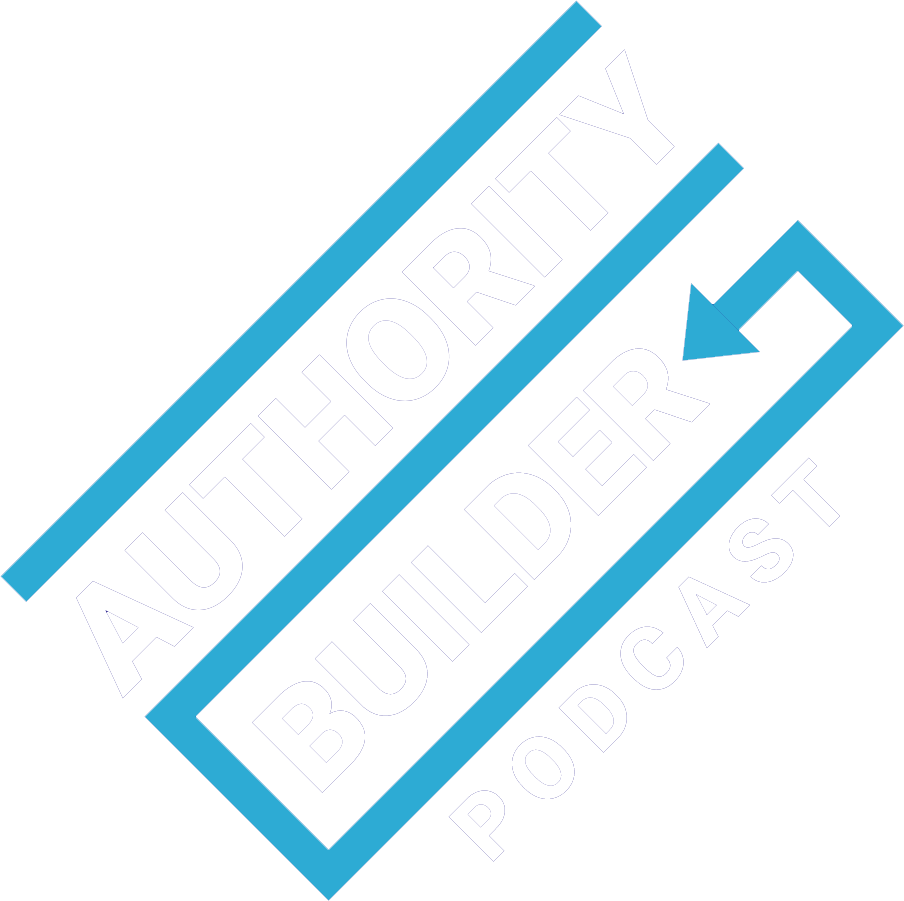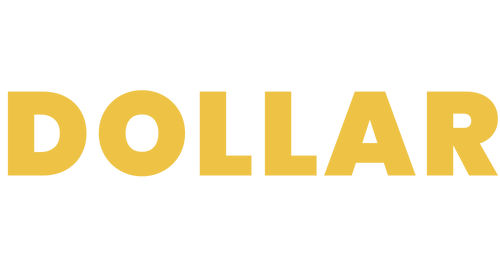For many of us, self-promotion is tough. We were raised not to brag. Laura Posey, Chief Instigator at Simple Success Plans, faced that early on in her consulting career. But when she realized one key fact about herself (you have it too), she never hesitated to promote her services proudly… and brings in a steady stream of appreciative clients as a result.
In this episode, Laura also shares a shortcut to help you make any business decision. If the answer is “no” – you let it go without guilt. Yes – you take action. It’s also a handy way to avoid “shiny object syndrome.”
Listen now to discover…
- How to eliminate “fuzzy” goals from your business planning
- The “boring” parts of your business you have to master before you innovate
- What it takes to reach your biggest goals – it’s not fast, but you get there
- Ways to train your brain to ignore the distractions that plague entrepreneurs
- The key to envisioning the “Big Picture” that gives you confidence, purpose, and perspective


